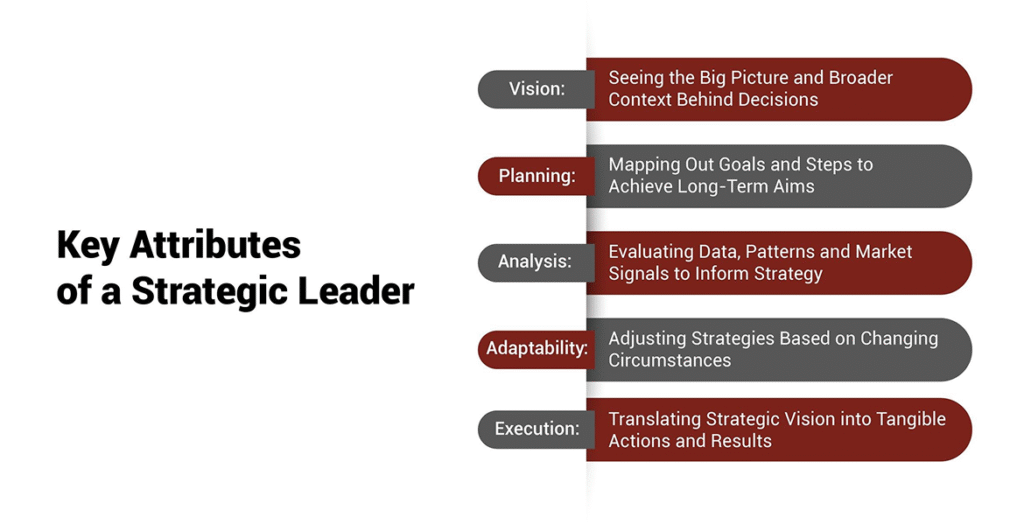Steps to Create Winning Business Strategy
A thriving business does not emerge from chance. It grows from intention, clarity, and thoughtful planning. Leaders who wish to steer their enterprises toward growth need more than ambition—they need a roadmap. Following winning strategy steps enables organizations to channel energy effectively and avoid costly misdirection.

The Foundation: Defining Purpose
Every great strategy begins with a clear sense of purpose. Without knowing why a business exists, even the most innovative ideas can falter. Defining mission and vision provides the compass that guides all decision-making. This clarity allows teams to align around a shared goal and creates momentum that propels the business forward.
In this phase, simplicity is powerful. A concise statement of intent can inspire trust, attract customers, and strengthen team cohesion. It is the anchor point for the strategies that follow.
Step One: Market Analysis
Understanding the landscape is critical. Markets are dynamic, and what worked yesterday may not work today. A thorough analysis of competitors, customer behavior, and emerging trends reveals where opportunities lie. It also highlights risks that need to be mitigated.
Entrepreneurs who engage deeply with research discover insights that help them position their business uniquely. These findings become the raw material from which innovative strategies are forged.
Step Two: Setting Measurable Goals
Dreams become actionable when tied to numbers. Establishing measurable objectives transforms ambition into tangible outcomes. Revenue targets, customer acquisition milestones, or market share growth all serve as markers of progress.
This stage directly supports the journey of how to succeed. Clear goals keep leaders accountable and motivate teams to push beyond mediocrity. Success then becomes not just a vision but a series of achievable steps.
Step Three: Crafting the Roadmap
With goals in place, the next step is to design a strategy that connects ambition to execution. This is where practical planning tips play a crucial role. Breaking down complex goals into manageable phases prevents overwhelm and ensures sustainable progress.
Leaders can employ frameworks such as SWOT analysis, balanced scorecards, or strategic mapping tools to structure the plan. These approaches provide clarity and direction, ensuring that no effort is wasted.
Step Four: Aligning Resources
Strategy without resources remains an empty sketch. Allocating financial, human, and technological assets wisely ensures that plans gain traction. Leaders must prioritize what matters most and eliminate distractions that drain energy.
This phase requires discipline. Overcommitment leads to diluted focus, while targeted investments maximize impact. Teams flourish when their time and skills are deployed toward initiatives that directly support strategic goals.
Step Five: Execution with Agility
Execution is where theory meets reality. A beautifully crafted plan delivers little unless it is implemented with discipline and flexibility. Markets evolve rapidly, so strategies must adapt. Leaders who monitor performance and adjust quickly protect their organizations from stagnation.
Here, an effective action guide becomes essential. Outlining clear responsibilities, timelines, and accountability measures ensures momentum does not falter. Regular reviews help teams recalibrate and remain aligned with the overall vision.
Step Six: Monitoring and Feedback
Continuous monitoring transforms strategy into a living document rather than a static plan. Key performance indicators (KPIs) reveal whether the business is on track. Customer feedback provides real-world validation of whether strategies resonate.
This feedback loop allows leaders to refine their approach. Adjustments are not signs of failure but signals of growth, showing that the organization is responsive to change.
Step Seven: Scaling and Expanding
Once strategies prove effective, scaling becomes the natural progression. Expansion may include entering new markets, diversifying products, or investing in advanced technologies. However, growth should remain intentional. Scaling without strategy can lead to overextension, while thoughtful scaling strengthens long-term resilience.
Here, revisiting winning strategy steps ensures that each phase of expansion remains aligned with the company’s mission.
The Human Element
Amid charts, plans, and analyses, people remain the heart of every strategy. Teams bring strategies to life. Customers validate them. Leaders who nurture trust, communication, and shared ownership create organizations that thrive. The most brilliant plan will falter without human commitment.






